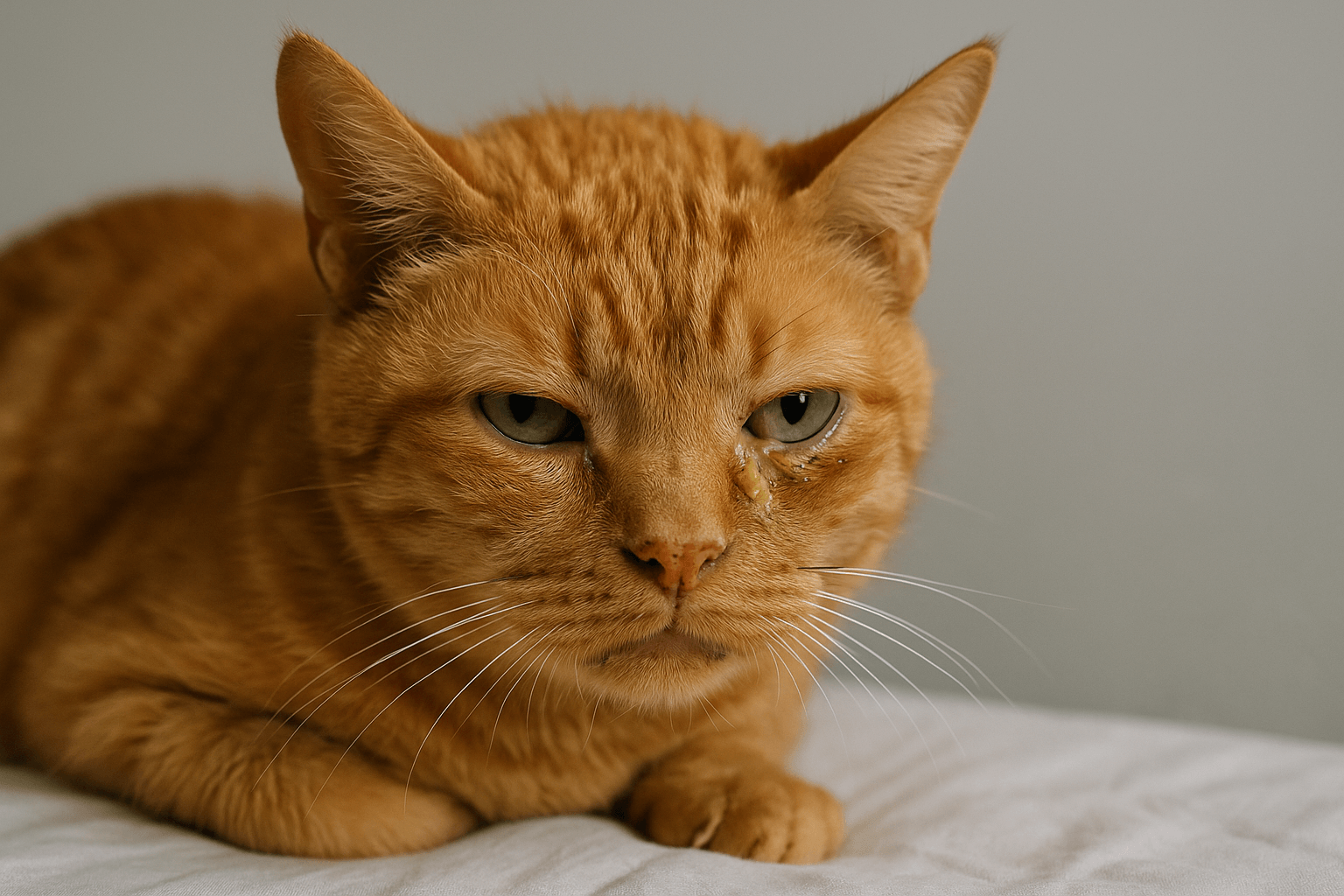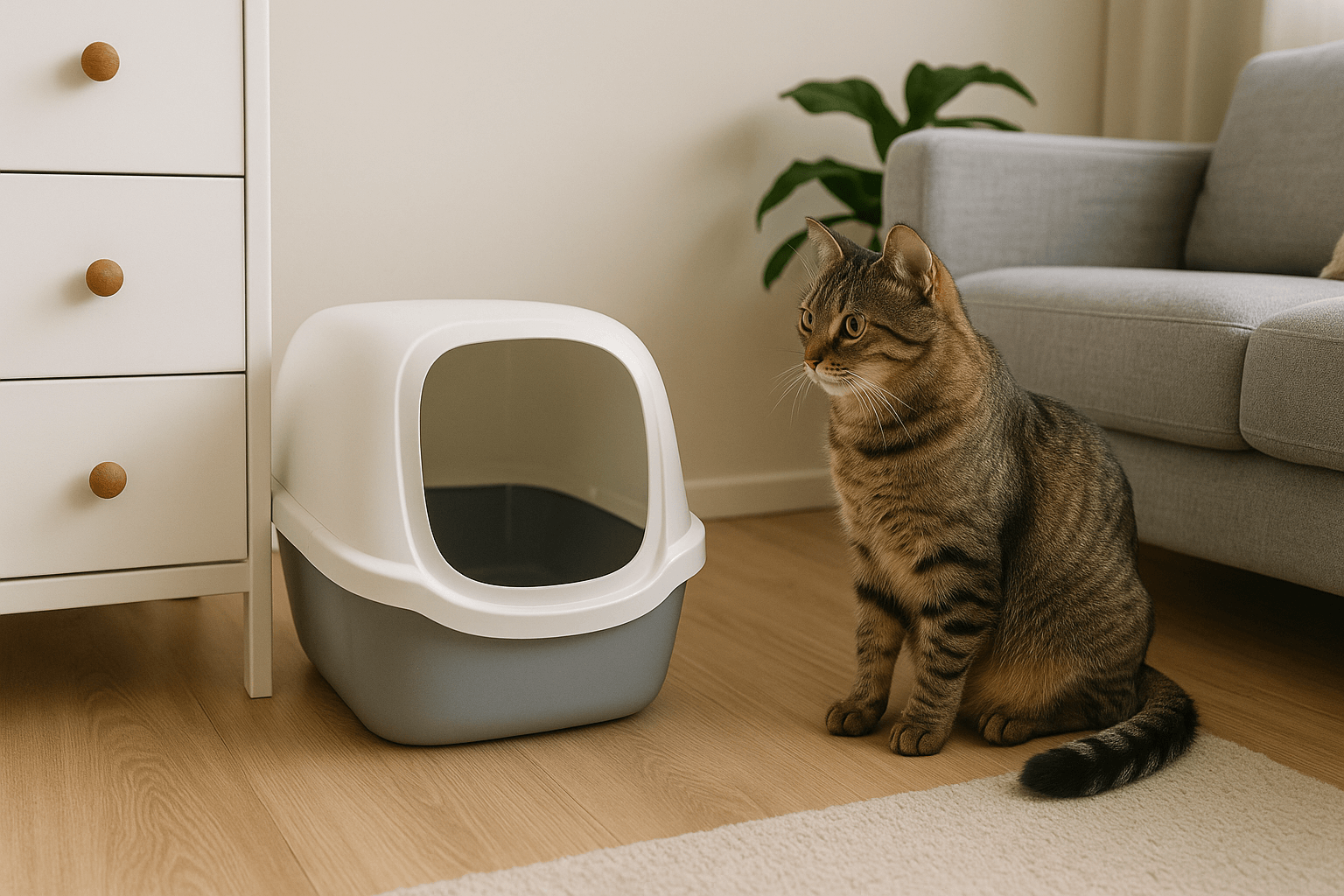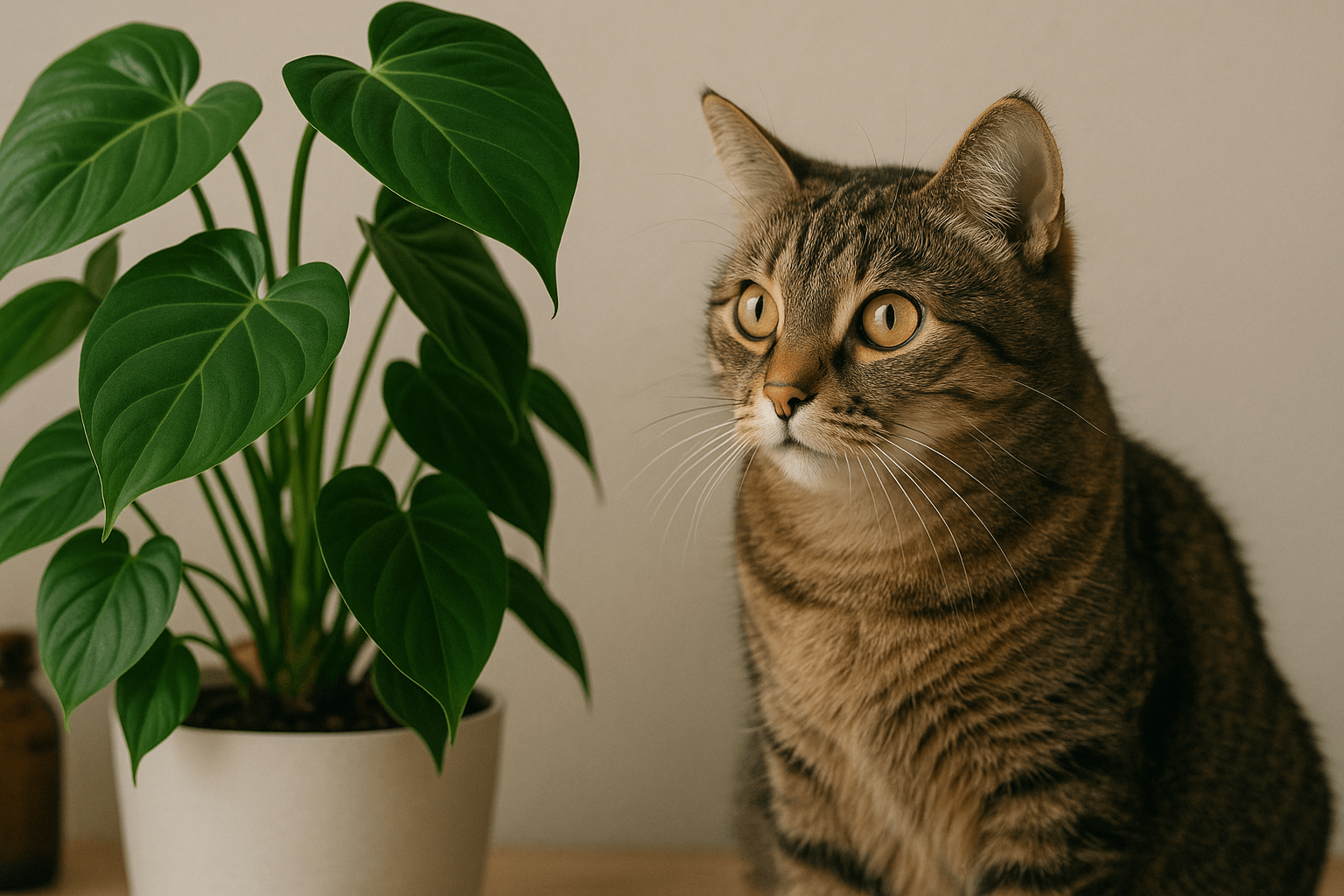Understanding Cat Sedatives: A Guide for Pet Owners
Cats are curious, playful, and sometimes unpredictable creatures. While their antics can bring joy to our lives, there are moments when calming them down becomes necessary—for vet visits, grooming sessions, or stressful situations at home. This is where cat sedatives come into play. In this guide, we’ll explore everything you need to know about cat sedatives, including their uses, benefits, potential risks, and alternatives. Whether you’re a seasoned pet parent or new to caring for feline friends, this article will provide valuable insights into managing your cat’s stress effectively.
What Are Cat Sedatives? Key Facts You Need To Know
Cat sedatives are medications designed to calm or relax cats during stressful situations. They help reduce anxiety, fear, or aggression in specific scenarios. Here’s an overview of what makes these medications so important:
Purpose : Cat sedatives are often used for medical procedures, travel, or events that may cause extreme stress.
Types : There are different forms of sedatives, including oral medications, injectables, and topical solutions.
Veterinary Guidance : These medications should always be prescribed by a veterinarian to ensure safety and proper dosage.
Temporary Relief : Sedatives offer short-term relief rather than long-term behavioral solutions.
Monitoring Required : Cats under sedation require close observation to ensure they recover safely.
Understanding these key points will help you make informed decisions about using sedatives for your furry companion. Always consult with a professional before administering any medication.
Benefits of Using Cat Sedatives: Why Consider Them?
Sedatives can be a lifesaver in certain situations. Here’s why many pet owners turn to them when their cats face overwhelming stress:
Reduces Anxiety : Sedatives help calm nervous cats, making stressful situations more manageable for both the pet and the owner.
Improves Safety : Calmer cats are less likely to injure themselves or others during high-stress events like vet visits.
Facilitates Medical Care : Sedation allows veterinarians to perform necessary treatments without resistance from the animal.
Enhances Comfort : For older or sick cats, sedatives can ease discomfort during transport or handling.
Prevents Escapes : Anxious cats may try to flee stressful environments; sedatives minimize this risk.
While sedatives aren’t a one-size-fits-all solution, they can significantly improve outcomes in challenging circumstances. However, it’s crucial to weigh the pros and cons carefully before proceeding.
Check this guide 👉How to Tame a Cat: Best 7 Behavior Tips!

Type of Sedative | Key Features |
|---|---|
Oral Medications | Easy to administer; works within 30 minutes |
Injectable Solutions | Fast-acting; administered by vets only |
Topical Treatments | Applied directly; minimal side effects |
Natural Remedies | Non-medicated; includes herbs and pheromones |
Behavioral Training | Long-term solution; no chemicals involved |
Potential Risks of Cat Sedatives: What Every Owner Should Know
While sedatives can be incredibly helpful, they also come with potential risks. Being aware of these concerns ensures you’re prepared for any complications:
Side Effects : Common side effects include lethargy, vomiting, or loss of appetite.
Allergic Reactions : Some cats may experience adverse reactions to certain medications.
Over-Sedation : Too much medication can lead to excessive drowsiness or difficulty breathing.
Dependency Risk : Prolonged use of sedatives could result in dependency issues.
Interactions with Other Drugs : If your cat takes other medications, interactions might occur.
Despite these risks, most cats tolerate sedatives well when administered correctly. Always follow your vet’s instructions closely to minimize potential problems.
Alternatives to Cat Sedatives: Exploring Natural Solutions
If you’re hesitant about using pharmaceutical sedatives, there are alternative methods to consider. These options focus on calming your cat naturally:
Pheromone Diffusers : Mimic feline pheromones to create a soothing environment.
Herbal Supplements : Products containing chamomile or valerian root can promote relaxation.
Calming Music : Soft, classical tunes have been shown to reduce stress in pets.
Comfort Items : Providing familiar blankets or toys can reassure anxious cats.
Behavioral Therapy : Working with a trainer can address underlying triggers of anxiety.
These approaches may not work as quickly as sedatives but can provide lasting benefits over time. Combining multiple strategies often yields the best results.
Signs Your Cat May Need Sedation: When to Consider Help
If your cat exhibits signs of extreme stress or anxiety, it might be time to consider sedatives. While not every stressful situation requires medication, some behaviors indicate that professional intervention could be beneficial:
Excessive Hiding : Cats often retreat when stressed, but prolonged hiding is a red flag.
Aggressive Behavior : Sudden aggression toward humans or other pets can signal overwhelming fear.
Excessive Vocalization : Constant meowing or yowling may indicate distress.
Destructive Actions : Scratching furniture or other destructive behavior can stem from anxiety.
Refusal to Eat : Loss of appetite during stressful events is a common sign of unease.
If you notice these behaviors consistently, consult your veterinarian. They can help determine whether sedatives or alternative solutions are appropriate for your cat’s needs.
Preparing Your Cat for Sedation: Steps to Ensure Safety
Before administering sedatives, preparation is key to ensuring your cat’s safety and comfort. Taking the right steps minimizes risks and ensures a smooth experience:
Consult Your Vet : Schedule an appointment to discuss your cat’s health history and current condition.
Follow Dosage Instructions : Administer the exact amount prescribed by your vet—never adjust the dosage yourself.
Create a Calm Environment : Prepare a quiet, comfortable space where your cat can rest after sedation.
Monitor Vital Signs : Keep an eye on your cat’s breathing and responsiveness during recovery.
Have Emergency Contacts Ready : Save your vet’s number and local emergency clinic details in case complications arise.
By following these steps, you can ensure your cat has a safe and stress-free experience with sedatives. Always prioritize professional guidance throughout the process.
Post-Sedation Care: Helping Your Cat Recover Quickly
After your cat has been sedated, proper care is essential to aid their recovery. A calm and supportive environment helps them bounce back faster:
Provide Fresh Water : Ensure your cat has access to clean water to stay hydrated.
Offer Familiar Food : Serve their usual food in small portions to avoid overwhelming their system.
Limit Physical Activity : Restrict jumping or strenuous movement until the sedative fully wears off.
Maintain a Quiet Space : Keep noise levels low to allow your cat to rest peacefully.
Observe for Side Effects : Watch for unusual symptoms like vomiting or difficulty breathing, and contact your vet if needed.
With attentive post-sedation care, your cat will recover quickly and comfortably. Remember, patience and observation are key during this period.
Frequently Asked Questions About Cat Sedatives
Can I give my cat human sedatives?
No, human medications can be toxic to cats. Only use products specifically formulated for felines.
How long does it take for a sedative to work?
The onset time varies depending on the type of sedative but typically ranges from 30 minutes to an hour.
Are sedatives safe for kittens?
Sedatives should generally be avoided in young kittens unless explicitly recommended by a vet.
Can sedatives be used regularly?
Regular use isn’t advisable due to the risk of dependency and side effects. Consult your vet for ongoing issues.
What if my cat refuses to take the sedative?
Ask your vet about alternative delivery methods, such as flavored treats or injections.
Conclusion: Making the Best Choice for Your Feline Friend
Deciding whether to use cat sedatives requires careful thought and consultation with a trusted veterinarian. While these medications can be invaluable tools in managing stress, they aren’t always the first line of defense. By exploring all available options—from natural remedies to behavioral training—you can find the right balance for your cat’s health and happiness. Remember, every cat is unique, and what works for one may not suit another. With patience and guidance, you can navigate stressful situations confidently while ensuring your beloved pet feels safe and secure.
Tabby Cat vs Tortoiseshell: Best 7 Expert Tips! Discover the differences in patterns, personalities, and care needs between tabby and tortoiseshell cats to find your perfect feline companion.
Understanding Trichomoniasis in Cats: Best 7 Expert Tips! Discover symptoms, treatment, and prevention strategies for this common feline parasite to keep your cat healthy and happy.
Where to Place a Cat Litter Box? Best 7 Expert Tips! Discover ideal spots, avoid common mistakes, and learn how to keep your cat happy with perfect litter box placement.
Are Philodendrons Toxic to Cats? Best 7 Expert Tips! Discover if philodendrons are safe for cats, symptoms of poisoning, and expert advice to keep your feline friend healthy around houseplants.





